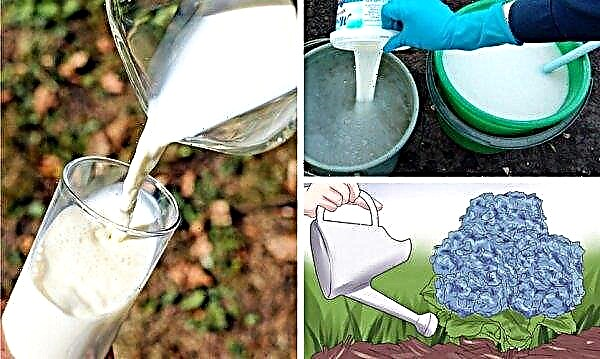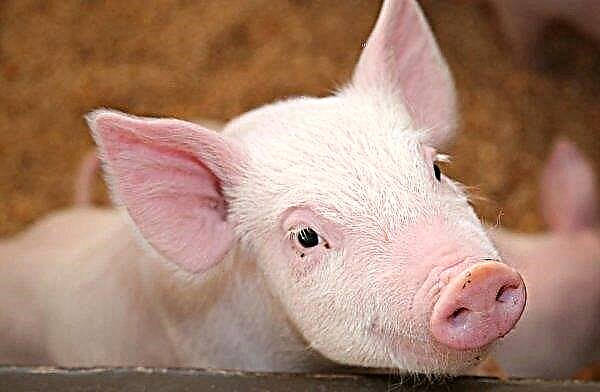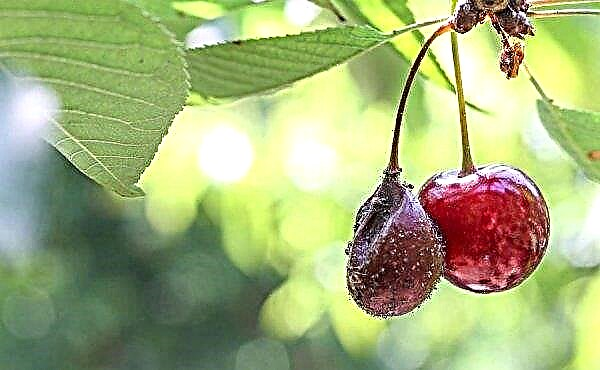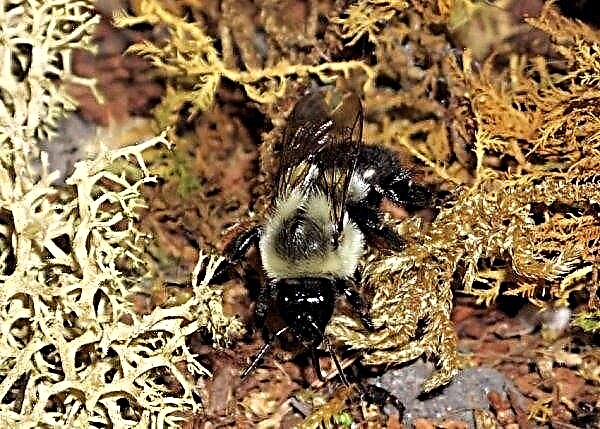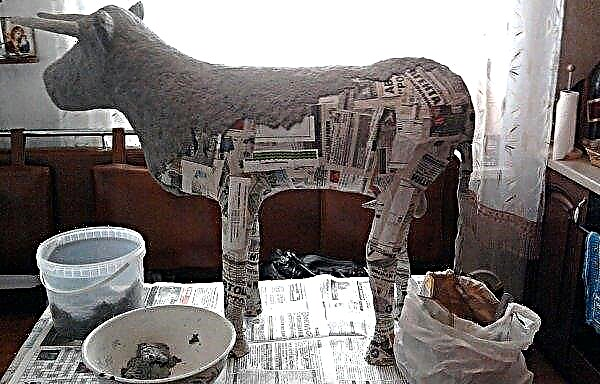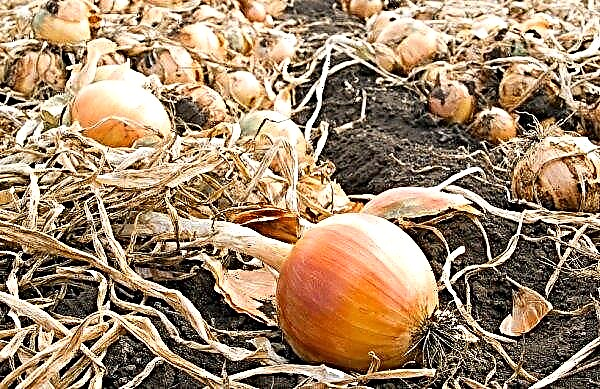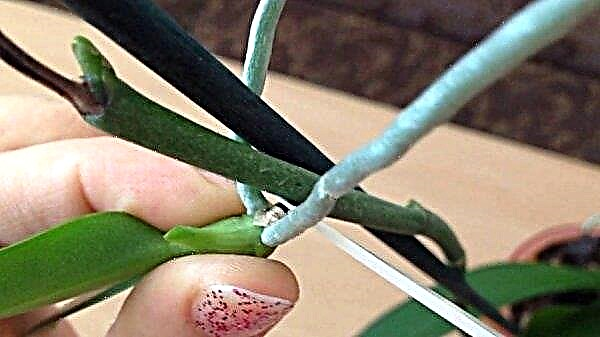Pruning is one of the main elements of conifer care. If you make it wrong, it can weaken the plant and cause its death, so it is important to know exactly when, how and under what conditions to prune them. Read more about how to trim thaw or fir correctly, read in the material.
Why cut fir
Common causes of pruning are:
- removal of dried branches;
- improving the shape of young trees;
- reducing the risk of disease.
Also, crown trimming is necessary to improve air exchange and light transmission in it. In most situations, cutting conifers is necessary only for correction. This does not necessarily improve the health of the tree, but gives hope.
Important! Never cut the top of an evergreen tree. Its removal can lead to the death of fir.
You can cut it right or wrong. The second happens if you ignore the growth habits of a tall tree and the peculiarities of the formation of its crown. When more than 30% of the green mass is cut, fir can begin to hurt. It's too much. In this case, there is an imbalance between the root system and green mass.
Trimming Dates
Most of the evergreens in the garden are pruned for corrective reasons, so the timing for them is not as important as for deciduous plants. Nevertheless, pruning gardeners are recommended to begin pruning at a time when the fir is at rest. If the branch is broken by wind or vandalism, it is pruned immediately, not expecting the onset of cold weather.
Key timeline requirements:
- Branches are cut in early spring or late winter. This will reduce the likelihood of infection by fungi and weakening of fir.
- Pinching young shoots in those trees whose branch grows from one point is performed in early May.
- Plan for pruning when the growth of the current growing season ends, that is, after mid-summer and early autumn.
- Try not to cut anything directly in the summer and in September. At this time, the plant is most vulnerable to fungi and other phytopathogens.
Choose a dry, calm day for work. If the weather is humid, fungal spores will develop and spread. In addition, cool and cloudy weather reduces the evaporation of moisture in the places of cuts. With intense evaporation, the tips of the needles will darken, which will somewhat spoil the appearance of the tree.
Haircut rules
Small branches are always pruned with pruners. And those whose diameter exceeds 20 mm are cut with a saw. Be sure to sharpen the tools before work, otherwise you will not be able to make even cuts without damaging the tree. After planting, the tree does not need pruning. But next year, you can begin to form a crown.
Did you know? In aromatherapy, fir is used for coughs, colds, flu, arthritis, muscle pain and rheumatism. It is an analgesic, antiseptic, antitussive, deodorizing, disinfecting and expectorant.
Basic pruning rules:
- Most evergreens have a major leading shoot. If it is a tall tree, it can be nipped at the top, but not all conifers can do it. Pinching allows you to control the height. But you need to remember that by cutting off the end of the shoot, you give it a signal for branching, so cut the fir no more than 5 cm. In other parts of the plant, branching helps to create a lush crown. And then pinching will be justified.
- On round shrubs, vertically growing branches are removed so as not to disturb the shape.
- Also remove branches that are deflected from the trunk of the fir at an angle of 45 degrees. They can be easily broken by wind or heavy snow in winter.
- The needles are not on the tree forever. It falls off after 3 years, giving way to a new one. But over time, there are no buds left on the branch that could give new growth. And she is exposed from the inside of the crown. Such shoots can be removed. And since the lower branches appear earlier than the upper ones, they will be cut off earlier. Thus, the crown will gradually rise higher, and the lower part will be exposed due to the removal of old branches.
- Trim dry, diseased or broken branches at any time. But if the haircut occurs in the summer, then cut the place of cut with a solution of copper sulfate 0.5% and grease with garden var.
- Evergreen trees such as pine, spruce, fir, Douglas fir and hemlock need only a little correction. They have a broad pyramidal shape. It is supported by the natural growth of the tree.
 A tree needs watering to reduce stress from shearing. In addition, a growth bioregulator can be added to irrigation water. For example, the popular drug Emistim. It stimulates the growth of soil microflora. Due to the increase in the number of soil mycorrhizal fungi, the intake of nutrients to the crown will be improved. And this always contributes to its speedy recovery.
A tree needs watering to reduce stress from shearing. In addition, a growth bioregulator can be added to irrigation water. For example, the popular drug Emistim. It stimulates the growth of soil microflora. Due to the increase in the number of soil mycorrhizal fungi, the intake of nutrients to the crown will be improved. And this always contributes to its speedy recovery.
Important! To avoid injuries when working with conifers, wear protective clothing, including gloves, a mask, and closed shoes. It is necessary that it completely covers the body, since the thuja is toxic and can cause irritation, and the pine or fir is very resinous.
To trim you will need:
- secateurs;
- saw on wood;
- bleach;
- water;
- clean cloth.
The bleach is mixed with water in a ratio of 1: 9. Then a clean piece of cloth is dipped into it and the cutting edges of the tool are wiped with it before work. If several trees are to be trimmed, then the same operation is done before cutting each tree so as not to transfer pathogenic microflora from one plant to another and not to infect them. When finished, wipe the tool again before storing it.
If several trees are to be trimmed, then the same operation is done before cutting each tree so as not to transfer pathogenic microflora from one plant to another and not to infect them. When finished, wipe the tool again before storing it.
Fir Trimming Methods
Certain types of pruning may be necessary to maintain a mature tree in a healthy and attractive state.
Among them:
- cleaning - withdrawal from the crown of fallen needles and loosely fixed branches;
- thinning - selective removal of shoots to improve light transmission and air exchange in the crown;
- raising - pruning of the lower branches in order to reduce the number of old and bare in the lower part of the tree.
Spot
The branch of pine, spruce and fir grows from one point. Every year, its size increases in growth. It is 5-30 cm, depending on the type of tree and variety. It is permissible to cut no more than 1/3 of the new growth. Pinching also belongs to the same type of haircut. But his goal is different - to begin branching the shoot to make it more magnificent. This technique is often used in the design of bonsai. But for fir it does not work.
Pinching also belongs to the same type of haircut. But his goal is different - to begin branching the shoot to make it more magnificent. This technique is often used in the design of bonsai. But for fir it does not work.
Blind
Thuja, juniper and some other conifers have a branch with a branching pattern. There is no one point of growth. And these plants usually form part of the design of the alley or hedge. For trimming, you need to visually or using a building cord outline the cut line.
Important! Never cut branches close to the trunk. Damage to the bark is dangerous for conifers. If the branch is large, use the method of three notches, this will facilitate its smooth sawing.
And then walk along the row with scissors, removing everything that goes beyond this imaginary line. When pruning, adhere to the general branching pattern to maintain a natural shape.
Step-by-step instruction
Before cropping, prepare the tools. Also remember that the forming haircut is performed in order to slightly correct the shape, but you do not need to change the conical tree to a rounded bush.
Trimming:
- Examine the tree and outline the goals.
- Start by removing dry and damaged branches. Also cut off the intersecting shoots, since friction will violate the integrity of the cortex and become the root cause for fungal infection.
- Then do the type of haircut that you have planned.
- Water with stimulants.
Did you know? The word fir of Karelian origin. The same word in Karelia denotes the resin that it emits.
Further care
If pruning occurred in the winter, then you only need to close up the places of large cuts with garden var. In the warm season, it will be necessary to irrigate. Dense soil is loosened on the second day after irrigation to provide oxygen access for beneficial soil microflora. This will help the plant recover faster after shearing. Coniferous pruning should not be carried out too often, especially when it comes to fir. To minimize risks, adhere to the basic rules and never cut if there is no urgent need for this.
This will help the plant recover faster after shearing. Coniferous pruning should not be carried out too often, especially when it comes to fir. To minimize risks, adhere to the basic rules and never cut if there is no urgent need for this.

